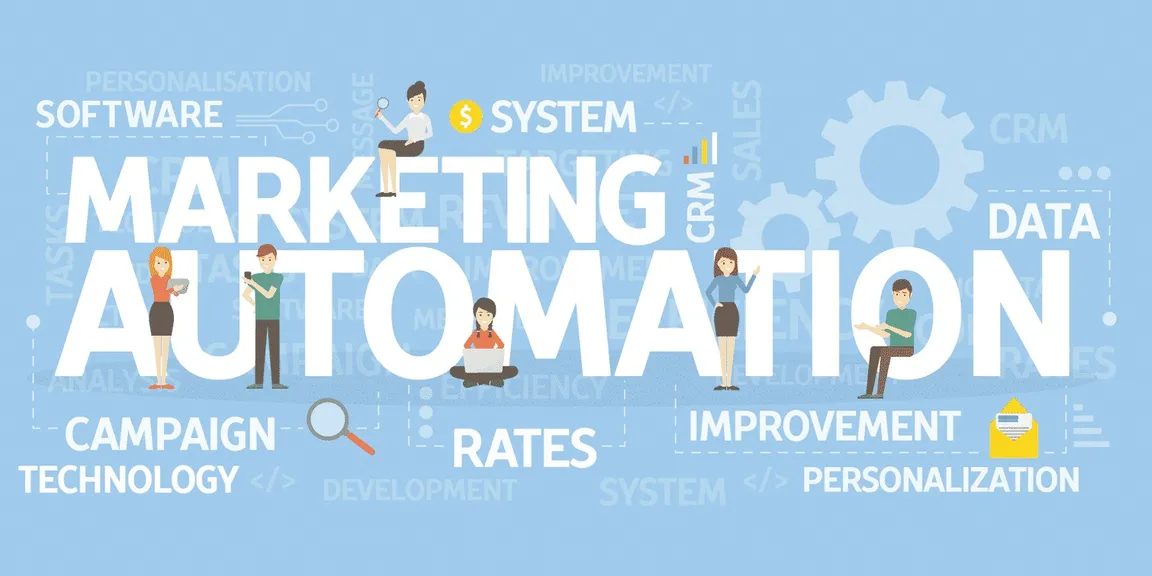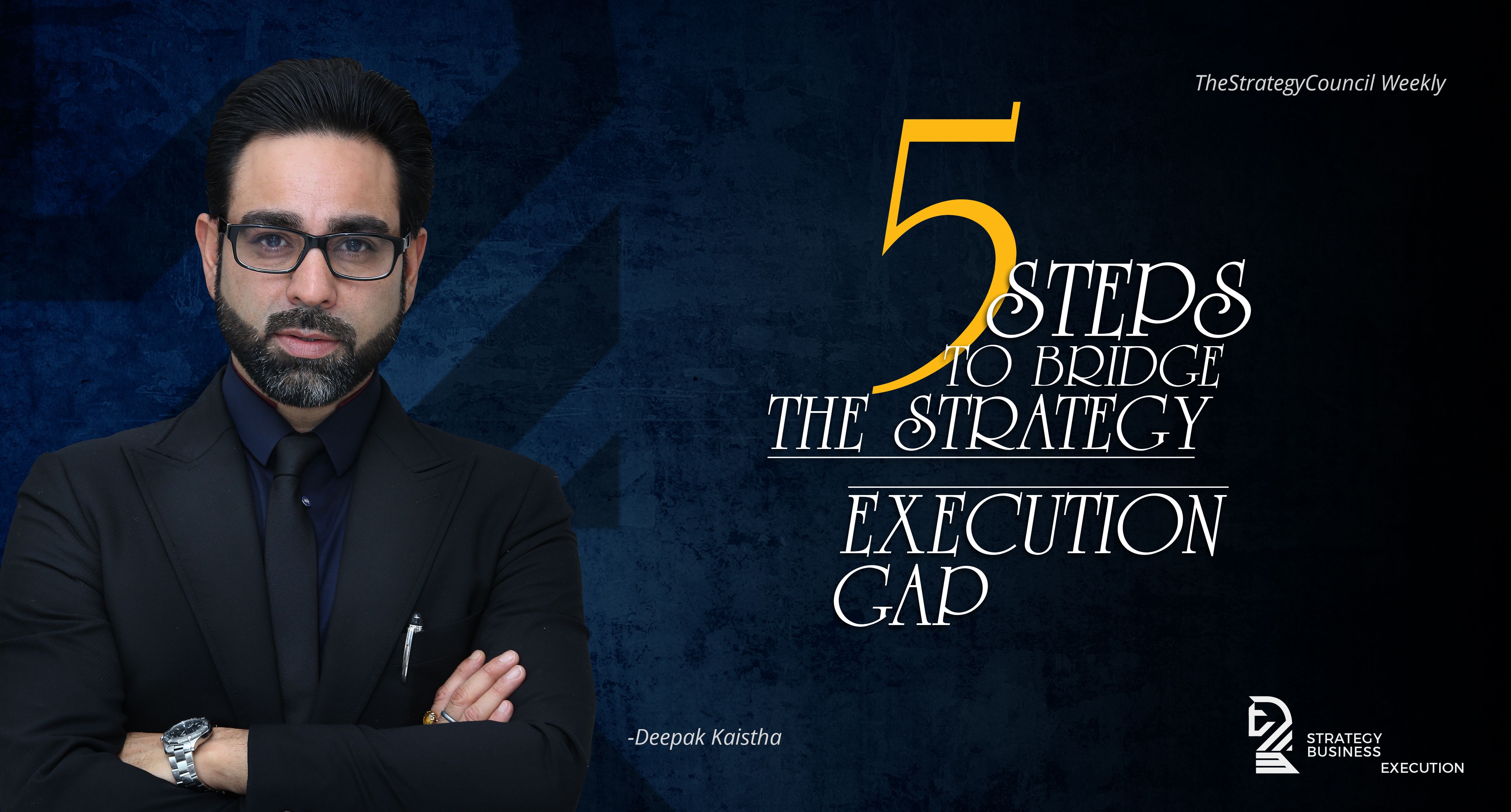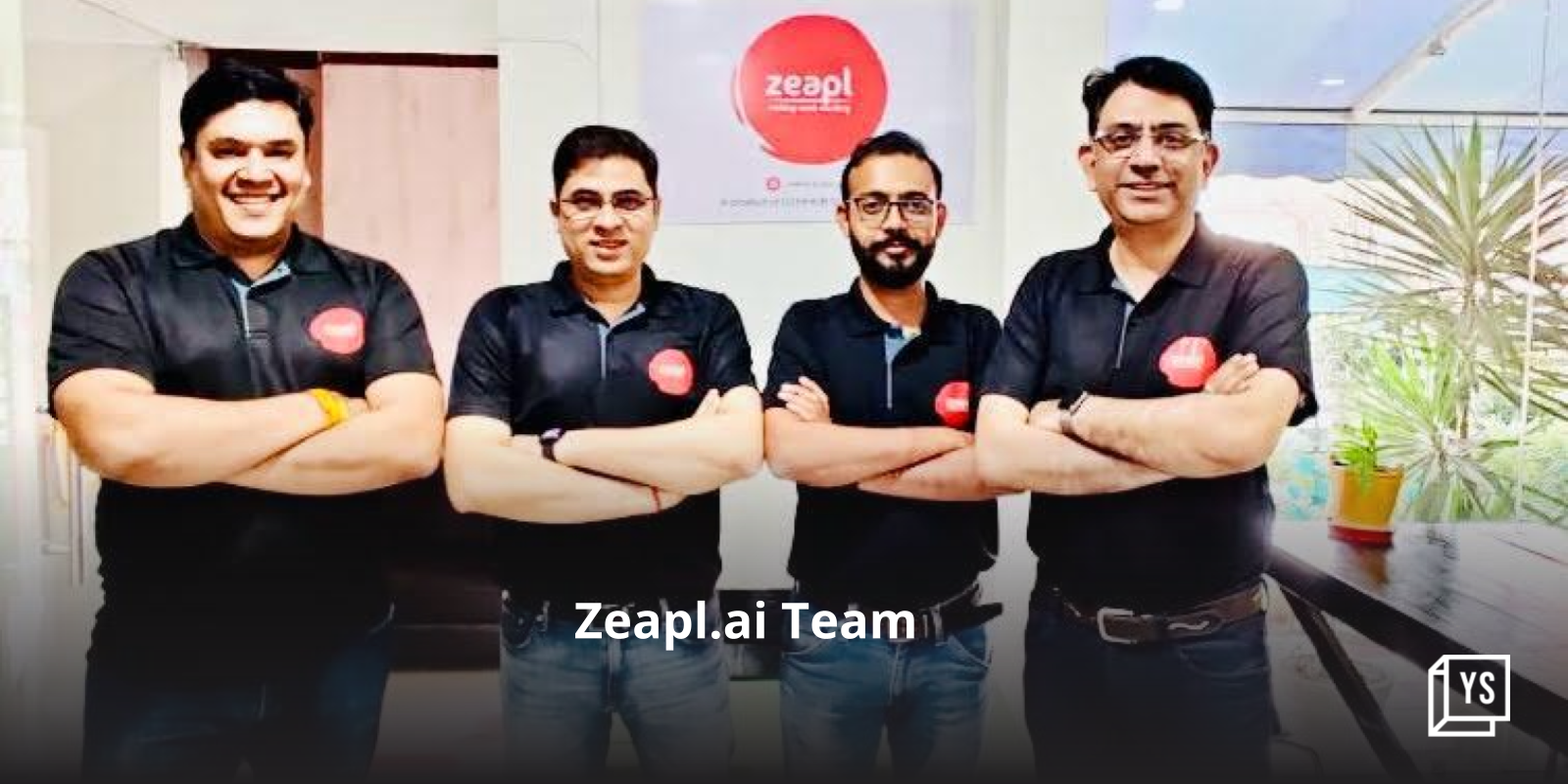

Future of marketing automation

Future of marketing automation lies in getting smarter in the way communication with customers is done. Auto responders, personalized messages, and push notifications will go to another level with the aid of predictive analytics and data-driven technologies.
Marketing will become more contextual and experimental. Marketing automation tools will need to adopt the rapid changes happening in the industry.
What are such tools that is constantly on a roll?
This is an interesting question.
Hint: Email Marketing and Marketing Automation with CRM
History:
Firstly let me brush about some history before I tell you about my opinion about the future of Marketing Automation.
I am sure you are aware that in the 1990s, CRM was prevalent. Soon CRM started evolving and customer servicing, sales management, forecasting, and support was included within the CRM system. But it wasn’t affordable and businesses wanted more hence slowly marketing industry started taking shape and gave birth to Marketing Automation. In 1992, when IBM Unica came into existence, it was just a subset of CRM. Then in 1999, Eloqua emerged and Salesforce came up with SAAS model thus offering affordable pricing model. Marketing Automation industry started gaining momentum and new players like Hubspot and Act-On came up in 2006-2008. The global marketing automation software market is expected to reach USD 7.63 billion by 2025. This is how Marketing Automation tools evolved.
Marketing Automation is built on the fundamentals where the businesses should be able to communicate with their leads by finding out appropriate and relevant topics for every lead. However, we can see that the Lead behavior has been changing rapidly. The way in which they absorb and analyze the information has been exponentially increasing since the internet has become prevalent. The leads educate themselves, before buying and they don’t prefer to have any contact with the sales guy(as they are aware that the sales team job is only to sell) until they are ready to buy the product.
At first, only email was integrated into IBM Unica (after 1995). Unica gained a lot of customers in its starting stages but later they started moving away towards a better solution as it didn’t serve their businesses well. In the middle of 2000s, marketers saw this massive success with emails. Hence they focused more on email marketing, SMS, and Inbound Marketing practices.
Future:
Fast forwarding to 2018, we have WhatsApp, Snapchat, Instagram, Facebook, and Twitter among many others prevalent media. Apart from that, we have Email, (fading) SMS, Push Notifications.
In future, we can expect the Augmented Reality and Virtual Reality, IOT and mobile devices integration.
Many Marketing Automation software driven by AI, has connectivity with all the above-mentioned technologies (except AR and VR on which they are still working on). Apart from that it also provides you end to end mobile connectivity and mobile event tracking. Based on these triggers you can schedule your email, SMS and push notifications to your lead and hence design the complete flow of your campaigns. With such flexibility, the businesses can reach out to wherever the end consumers are present and send them what they expect.
Still, Email marketing is king in Digital Marketing domain
The Prediction: Marketing Automation Is the Future of Email Marketing
According to Google Trends, the term “marketing automation” has been only growing in popularity

Six defining elements of marketing automation:
• Lead Nurturing via Email Marketing Automatically sending a personalized sequence of emails to subscribers, customers, etc., based on their interactions with your website.
• List Management The ability to segment your subscribers and send offers targeted to who they are and what they’ve done.
• Web Analytics Usually integrated into lead scoring (the next bullet), it’s helpful to know what a person is doing on your website in order to determine how likely they are to buy. For example, if someone downloads three reports and attended a webinar, they are more likely to buy than someone who only signed up for blog updates.
• Lead Scoring Provides a score, often 1–100, on how ready a person is to make a purchase. In high-touch sales, higher scoring leads are typically assigned to sales agents who make phone calls and send one-to-one emails.
• CRM Customer Relationship Management which, contrary to its name, typically has nothing to do with “customers” and everything to do with following up and closing a sale. This is the section that shows a sales agent who to contact next.
• Email (a.k.a. lead) Capture Accomplished using opt-in forms that run from a single field (typically an email address) in low-touch sales to 15 or more fields (name, company, email, phone, job title, size of a company, etc.) in high-touch/enterprise sales scenarios.
The Email Marketing Trends That Helped Shape the Future
Marketing automation would help businesses with a handful of qualities necessary for online success. These predictions were based on a few up-and-coming email marketing trends:
• People Crave Continuous Engagement Leads crave relevant and continued engagement. While email marketing is useful for sending out promos and newsletters, it isn’t fit for sending personalized emails after a lead or customer takes a specific action. Marketing automation send s the right relevant email at just the right moment for engagement with each individual lead.
• The Death of One-to-Many Emails Three years ago, a rise in highly personalized communications started taking shape. Instead of one-to-many or one-size-fits-all, people wanted one-to-one communications. A marketing automation tool would be needed to help accurately personalize communications based on real user behaviors, resulting in a highly personalized experience.
It is sad that the companies that are ruling marketing automation industry presently are not flexible enough to include these innovations.
Anyway, these are some of the innovations coming along in the marketing space and I think this is the next generation of Marketing Automation.
Conclusion:
Email Marketing is the future of marketing automation with all the latest feature included in various ESPs and CRMs. To learn more about Email marketing and its various elements like,
• List building
• Audience Segmentation
• Email Automation: Workflow
• Creating Effective Emails and Tools for Email Marketing
• Advanced Email Marketing
• Measuring Success with Email Analytics
• Laws and Compliance




